Eating Disorders
It is important to understand that every BODY is different. Having a negative body image can sometimes push people to extreme bodily harm.
Tween
Each year, thousands of young teens develop problems with weight, eating, or body image. Eating disorders are more than just going on a diet to lose weight or trying to exercise every day. They represent extremes in eating behavior and ways of thinking about eating – the diet that never ends and gradually gets more restrictive.
Body Image
Sometimes you might view yourself differently than others do because we are our own best critics. It’s important to have a positive body image, to be comfortable in your own body, and to feel good about the way you look. A negative body image will often lead to the development of eating disorders.
What can I do?
We can help to prevent these disorders and negative body images by building each other up and focusing on character traits that are more important than looks, like intelligence, strength, humor, or a skill.
If you or a friend is suffering from an eating disorder, you can seek help from community resources. You can also talk to a trusted adult like a school counselor or parent.
Hover for more information:

Anorexia nervosa
Anorexia nervosa is characterized by extreme thinness, unwillingness to maintain a normal weight, fear of gaining weight, lethargy, sluggishness, brittle hair and nails, dry and yellowish skin, growth of fine hair all over the body (lanugo), and severe constipation.

Bulimia nervosa
Bulimia nervosa is characterized by frequent fear of gaining weight, feelings of disgust and shame, purging cycles ranging from several times per week to many times a day, worn tooth enamel, decaying teeth, and severe dehydration from purging liquids.

Binge Eating
Binge eating is associated with feelings of guilt, shame, and distress. Sufferers are typically overweight.
